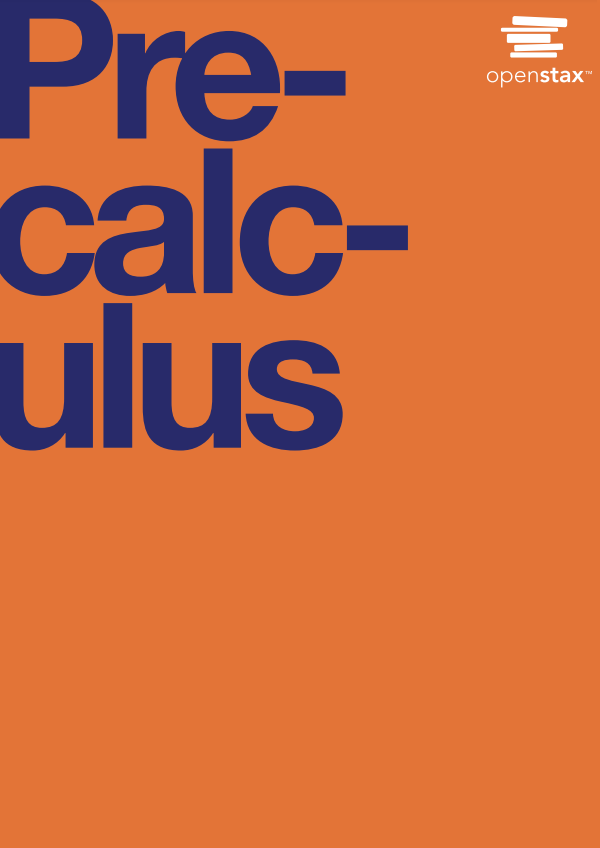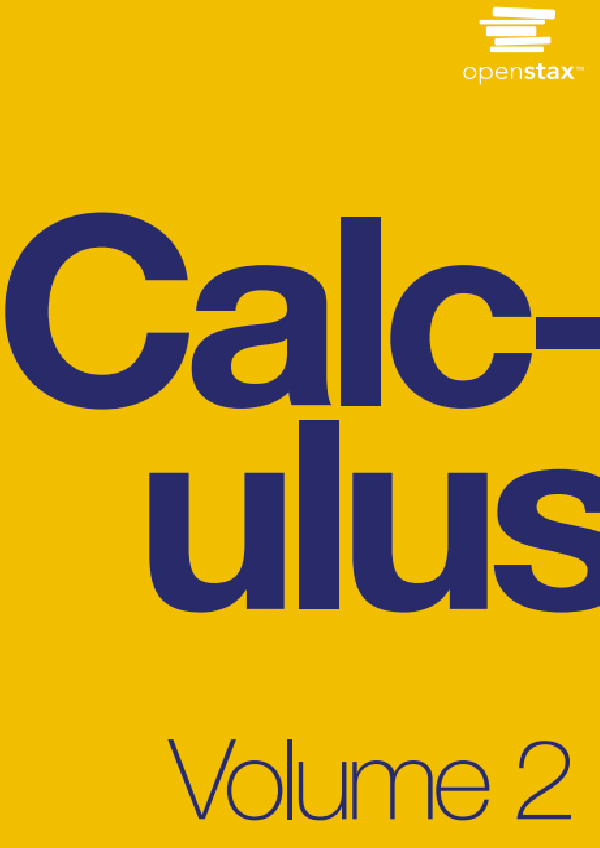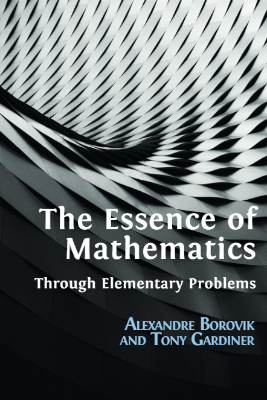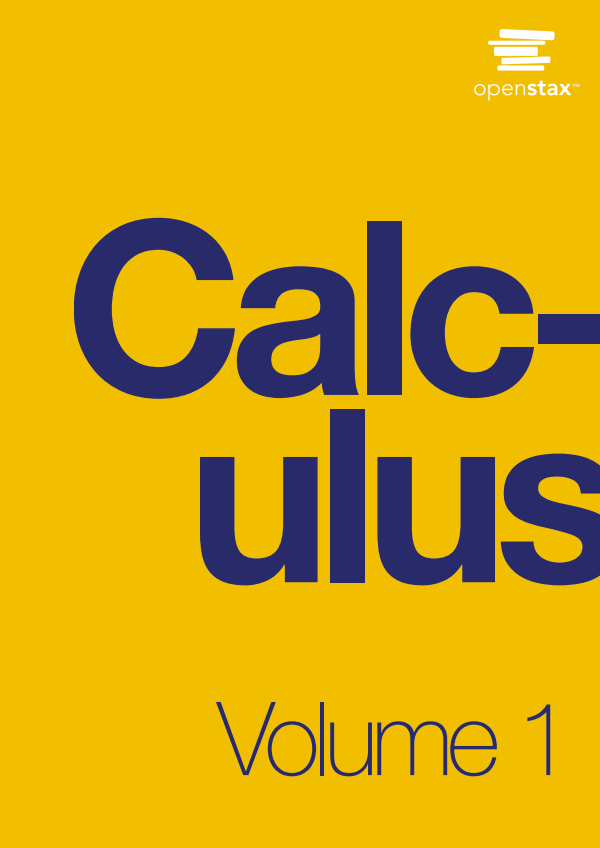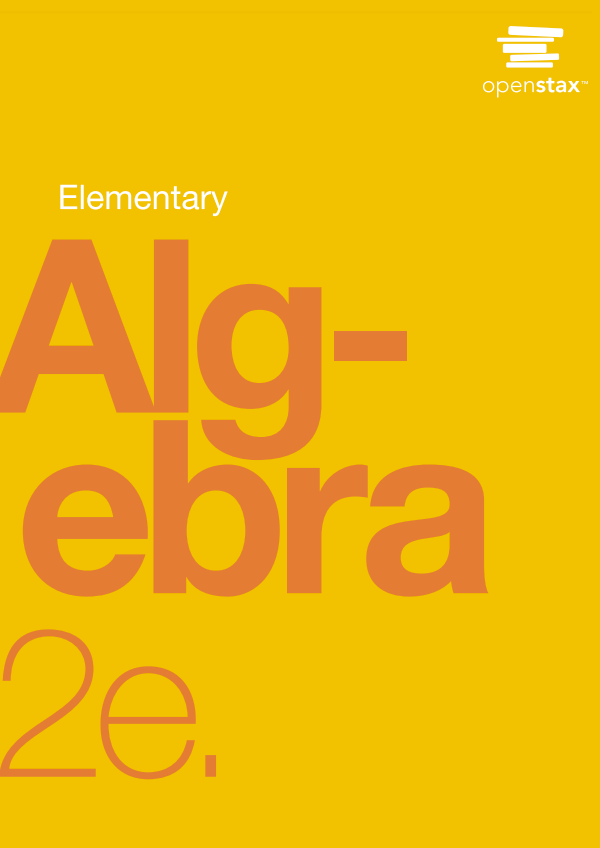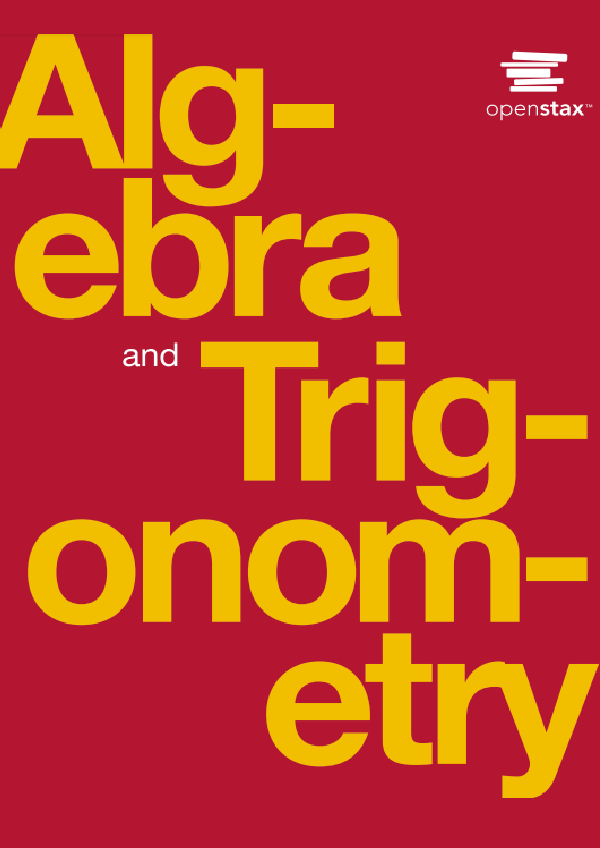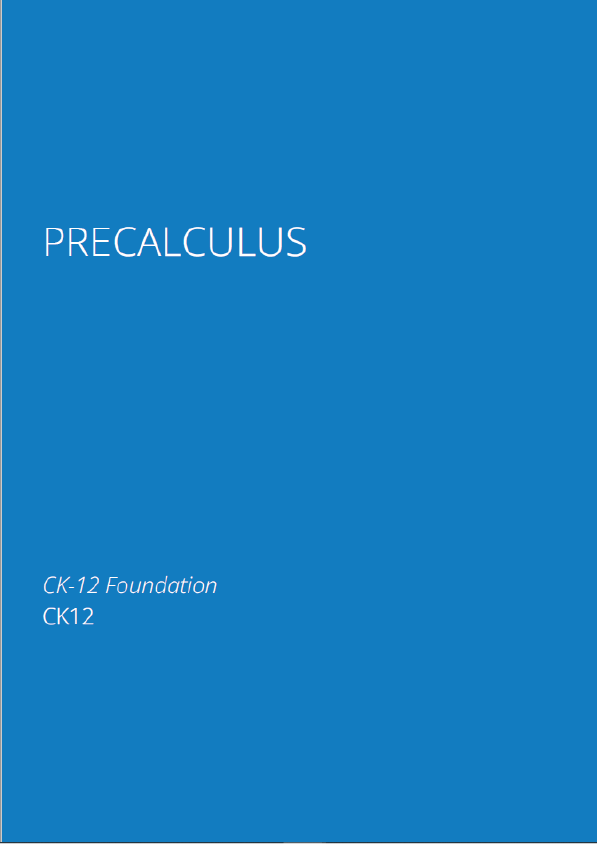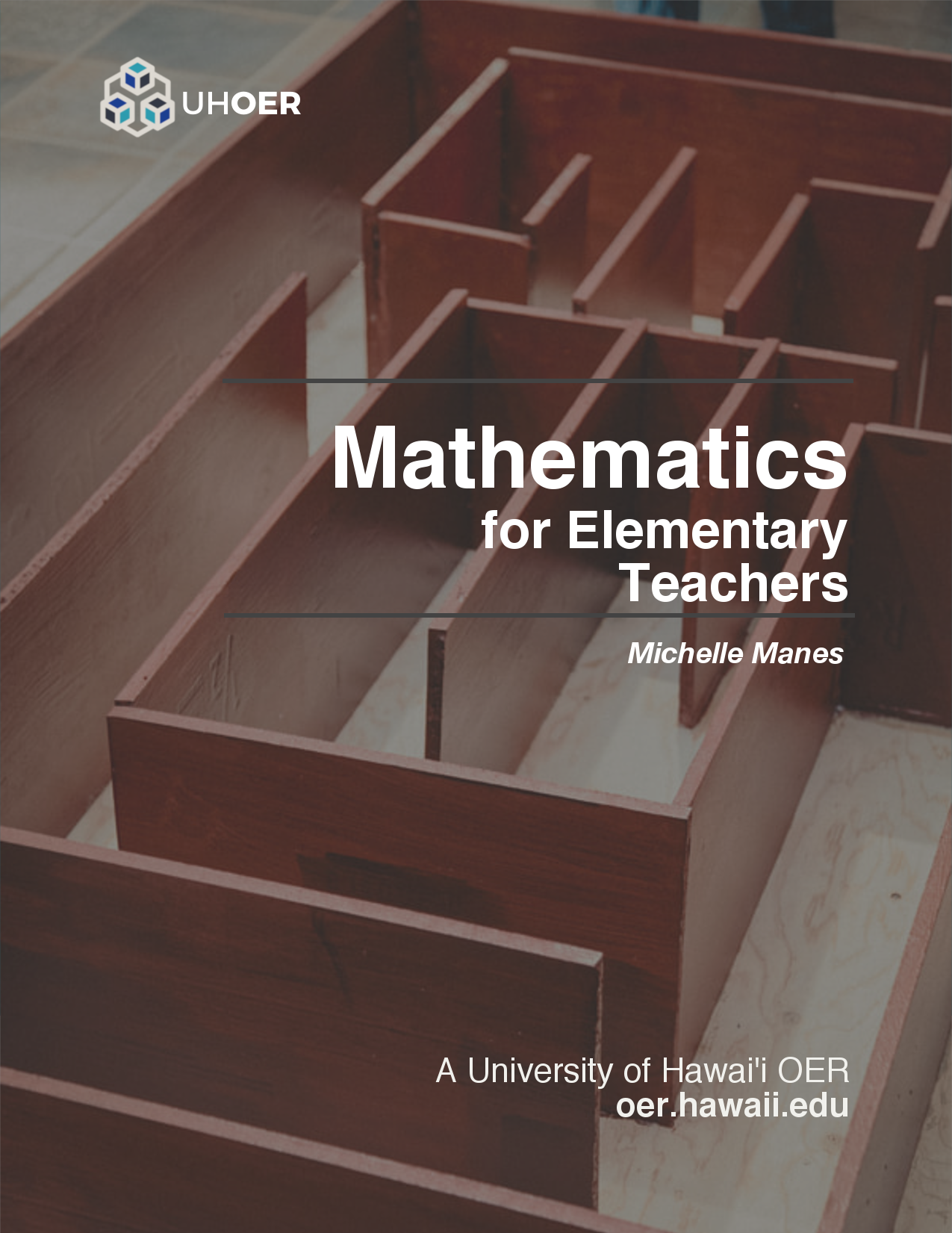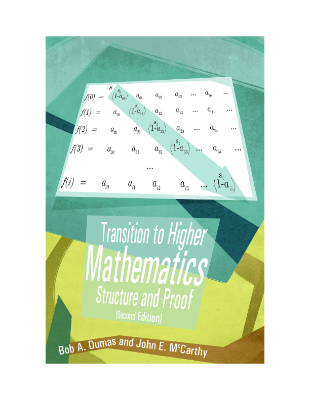Precalculus is adaptable and designed to fit the needs of a variety of precalculus courses. It is a comprehensive text that covers more ground than a typical one- or two-semester college-level precalculus course. The content is organized by clearly-defined learning objectives and includes worked examples that demonstrate problem-solving approaches in an accessible way.
In mathematics education, precalculus is a course, or a set of courses, that includes algebra and trigonometry at a level which is designed to prepare students for the study of calculus. Schools often distinguish between algebra and trigonometry as two separate parts of the coursework.
Introduction
Toward the end of the twentieth century, the values of stocks of internet and technology companies rose dramatically. As a result, the Standard and Poor’s stock market average rose as well. Figure 1 tracks the value of that initial investment of just under $100 over the 40 years. It shows that an investment that was worth less than $500 until about 1995 skyrocketed up to about $1,100 by the beginning of 2000. That five-year period became known as the “dot-com bubble” because so many internet startups were formed. As bubbles tend to do, though, the dot-com bubble eventually burst. Many companies grew too fast and then suddenly went out of business. The result caused the sharp decline represented on the graph beginning at the end of 2000.
Notice, as we consider this example, that there is a definite relationship between the year and stock market average. For any year we choose, we can determine the corresponding value of the stock market average. In this chapter, we will explore these kinds of relationships and their properties.
Learning Objectives
In this section, you will:
• Determine whether a relation represents a function.
• Find the value of a function.
• Determine whether a function is one-to-one.
• Use the vertical line test to identify functions.
• Graph the functions listed in the library of functions.
Functions and Function Notation
A jetliner changes altitude as its distance from the starting point of a flight increases. The weight of a growing child increases with time. In each case, one quantity depends on another. There is a relationship between the two quantities that we can describe, analyze, and use to make predictions. In this section, we will analyze such relationships.
Determining Whether a Relation Represents a Function
A relation is a set of ordered pairs. The set of the first components of each ordered pair is called the domain and the set of the second components of each ordered pair is called the range. Consider the following set of ordered pairs. The first numbers in each pair are the first five natural numbers. The second number in each pair is twice that of the first.
{(1, 2),(2, 4),(3, 6),(4, 8),(5, 10)}
The domain is {1, 2, 3, 4, 5}. The range is {2, 4, 6, 8, 10}.
Note that each value in the domain is also known as an input value, or independent variable, and is often labeled with the lowercase letter x. Each value in the range is also known as an output value, or dependent variable, and is often labeled lowercase letter y.
A function f is a relation that assigns a single value in the range to each value in the domain. In other words, no x-values are repeated. For our example that relates the first five natural numbers to numbers double their values, this relation is a function because each element in the domain, {1, 2, 3, 4, 5}, is paired with exactly one element in the range, {2, 4, 6, 8, 10}.
